Could Eli Roth Help Fill the Void Wes Craven Left Behind?

We’re all missing Wes Craven. In fact, not only do we miss him, we’ll never, ever forget him, we’ll always adore his work and we’ll always wish to the high heavens that the man was still walking this earth, creating paralyzing fiction for fans to devour on the big screen.
We all cherish the nightmares that Craven left us plagued by. There’s nothing like waking up covered in sweat with visions of a burned serial killer standing over your bed, prepared to turn you into minced meat. That kind of thing sticks with you.
That’s an impact that very few filmmakers can ever hope to generate. But Wes Craven did it, and he did it because he wasn’t afraid to oppose and toe the line with censorship guidelines. He wanted to make the movies he envisioned, and for the most part he did just that.
And now he’s gone, and the horror community is feeling the effects of that loss on a daily basis. We feel those empty feelings when we see a Scream film on TV; feel them when we stumble upon our A Nightmare on Elm Street boxed set; feel them we come across the vintage Krueger glove we bought for Halloween in fourth grade; when we gaze at that vintage Swamp Thing poster that’s just about super glued to so many of our movie room walls. They continue to reverberate through our cores, and that’s not going to change.
Legends are rare, and they never stop being legendary, alive or dead.
While there is no doubt that no filmmaker – no matter how amazing he or she may be – can ever replace Craven, there is hope that one of today’s younger creators could potentially help fill the void that Craven left behind.
We leaned on Craven for mortifying pictures. We leaned on Craven for his willingness to push boundaries like few others dare. We leaned on Craven because he became the father figure that didn’t hesitate to scare the hell out of us, a wicked grin on his face throughout the entire process.
Wes Craven was a hero, and while we’ll always need that hero, we also need a new hero to help ease the sting (as much as possible) of Craven’s passing. Someone to close that black hole up just a little bit. The question becomes this: Can Eli Roth be that new hero?
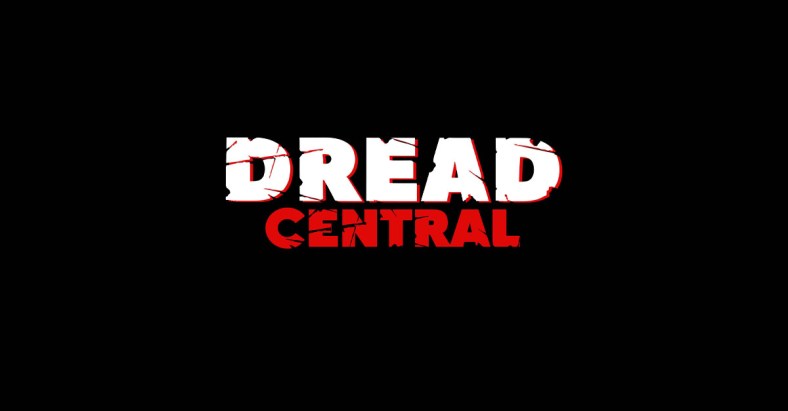
Like Craven, who burst onto the scene in 1972 with the intense and disturbing The Last House on the Left, Roth made his debut a high profile affair. Cabin Fever was released in the US in September 2003. And again, like Craven, Roth made his inaugural picture a horrifying, disgusting, controversy-igniting picture. While Craven placed heavy emphasis on human monstrosities, Roth traveled another path by revolting moviegoers with a profoundly graphic picture that forced cinema visitors to contemplate their surroundings, what they put inside of their bodies, and the effects of a fatal flesh-eating disease.
Both The Last House on the Left and Cabin Fever stunned audiences. The reasons differed greatly, but the ultimate outcomes of both releases were similar in that they forced us to intake extremely risqué material. And, as you all know, both pictures were very successful and served to launch serious talents into the mainstream.
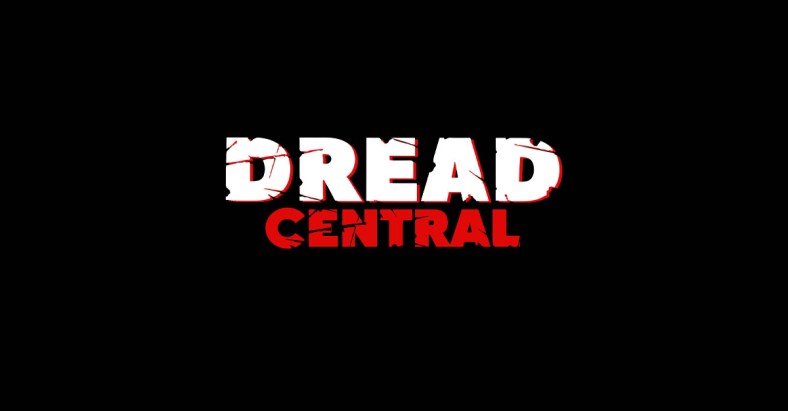
Craven followed The Last House on the Left with another jarring depiction of violence, The Hills Have Eyes, a story about a traveling family who runs afoul of some murderous monsters who harbor no remorse for… well, anything! And Roth’s sophomore debut follows a similar guideline. Hostel follows a small group of friends who head to Slovak for a raucous vacation loaded with booze, girls, and the unknown; this group also runs afoul of an organized group of lunatics who enjoy chopping foreigners to bits. Yet again, these films – despite how different they are – borrow from an identical premise.
While the story similarities between Craven and Roth’s earlier films aren’t direct reflections, they’re stories that can easily occupy the very same playing field, and they suggest that Roth handles similar content quite effectively.
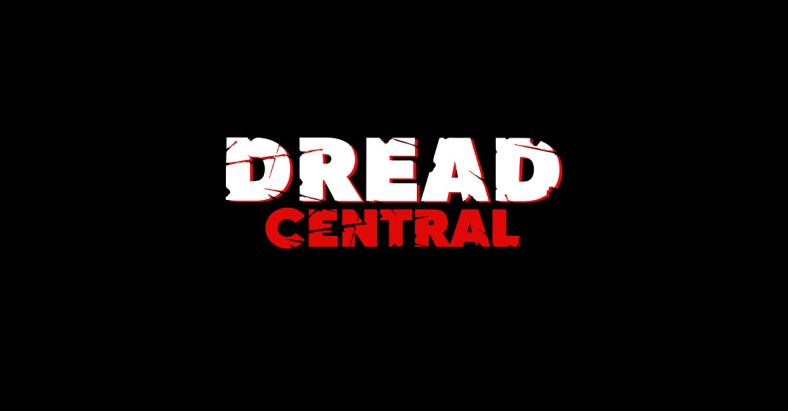
In the years that have passed – for Craven and Roth – the subject matter tackled by both men often differed greatly. Craven directed one-off films like Swamp Thing, Shocker, The Serpent and the Rainbow, The People Under the Stairs, Red Eye, My Soul to Take, and Cursed. Roth helmed projects like “Hemlock Grove” (a single episode), Inglourious Basterds (a single segment), and The Green Inferno.
While parallels can be drawn between a number of each man’s offerings, they’re generally very different. Different in all but one sense: Most of these pictures are frightening pieces of work that tend to move against the traditional cinematic grain. And whether you love each and every project listed here, it’s hard to deny the fact that most of the films released by these gentlemen are anchored by true fear.
Franchises
Wes Craven succeeded in defining decades – something Roth has yet to do, though his potential to make that happen is alive and well. With A Nightmare on Elm Street Craven birthed a villain that will live on for decades, a la some of Universal’s classic monsters like Dracula, Frankenstein, and The Wolf Man. A Nightmare on Elm Street also demarcated the horror standard in the 1980s. And a decade later, when horror films were growing astoundingly stale and studios had begun to turn their backs on the genre as a result of apparent fiscal suicide, Craven again emerged as a savior to the genre; he gave us the perfect slasher film: Scream.
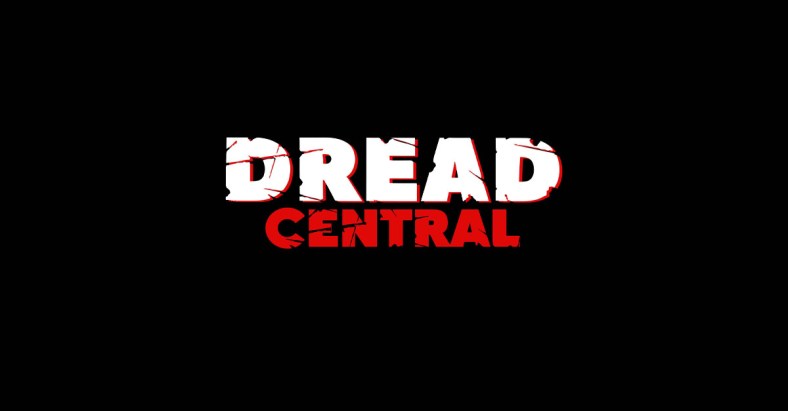
Scream would go on to become a highly successful franchise. The films resonated with viewers, they resonated with critics, and they turned the landscape of horror completely around. These films made money. A lot of money. They also spawned a brand new wave of slasher features. But this time Craven’s grand brand inspired other filmmakers to work harder. The days of lazy screenplays, completely recycled ideas, and uninspired performances were all but dead; if you were a filmmaker in the late ‘90s with an idea of shooting a slasher picture, you knew the standard: Scream. It was intelligent and self-aware. It was a well-acted and beautifully shot franchise starter, and anyone who dared to enter that realm knew that in order to keep up, they, too, would be forced to produce smart, funny, and frightening hack and slash films.
Craven saved our genre twice over while establishing two sublime franchises.
Eli Roth hasn’t risen to that bar yet, but he’s trying. To date two Cabin Fever sequels (the first of which is pretty damn awesome, while the third has its moments) have been released, and fans are still eager to eat them up (a pretty nasty thought when you contemplate the series’ content). So eager in fact that less than 15 years after introduction, a Cabin Fever remake is in the works. Will the brand live on as Craven’s Nightmare or Scream series have? Probably not, but they’re damn respectable works that arrive to the delight of legions of open arms of dedicated fans all the same.
Cabin Fever isn’t the only franchise that Roth has introduced. There are now three Hostel films available on the market. The first film was brilliant in a stomach-turning, say no to tourism kind of way. The two follow-ups, while enjoyable (the second in particular, which is also directed by Roth), haven’t matched the impact of the first film; but they’re still fan favorites… in fact, probably more so than the Cabin Fever franchise. When a new Hostel film arrives, hardcore fans line up to check it out. That says a lot.

Roth has a long way to go before he can lay claim to being a great enough filmmaker to rival the skills and reputation of Wes Craven, but he’s more than doing his part, and fans adore the man for it.
Where the Future Will Lead Eli Roth
The fan buzz for The Green Inferno hit a fever pitch. Horror hounds were dying to consume this film, and with good reason: Not only did its trailers and clips look amazing, it’s also ignited such a controversy that it’s become impossible to ignore the film. We needed to see this! And interestingly enough, The Green Inferno is just one half of Roth’s 2015 schedule that has fanatics scratching their skin in anticipation.
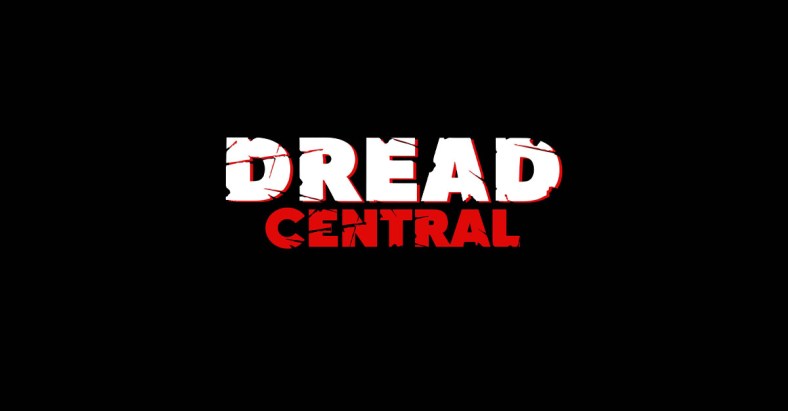
Knock Knock – Roth’s brand spanking new feature – is landing in theaters on October 9th. Early footage signals a radically different style of horror for Roth, but the primal nature of the story still squeezes in comfortably with Roth’s résumé. For Roth, just as it was for Craven, filmmaking is about eliciting deep emotional responses. It’s about scaring the shit out of viewers while testing unfamiliar waters and remaining respectful to the audience. Knock Knock looks like it is going to accomplish just that, and it isn’t going to take supremely graphic torture or flesh-eating bacteria to make it happen – it’s all about human instability and the darker recesses of the human heart… you know, kind of like Craven’s Red Eye.
Is Eli Roth Horror’s Next Savior?
Wes Craven’s accomplishments can never be belittled, ignored, or undermined by anyone. He was a true Master of Horror in every sense of the word. Of this I am entirely certain that Roth would agree. I’m also completely confident in the fact that Roth would laugh at the notion that he may be the man to fill Craven’s shoes. That’s respect, that’s humility, that’s being seriously humble and acknowledging the greats who have come before him.
Humble or not, Eli Roth could, figuratively speaking, very well be the next Wes Craven. Technically speaking, he has the tools. His concepts are lovingly obscene, just as Craven’s were. He’s not one to coast through any production. He does a fine job when it comes to overseeing the casting of his films. He’s beginning to prove himself quite versatile, and you know what? He’s already proven that he gets franchises off the ground and moving in a strong direction. Can he hit with one of those truly special franchises? Well, only time will tell.
Eli Roth can’t actually be Wes Craven, and he’ll never give us movies that feel like Craven flicks. But he can give us pictures that feel like Eli Roth flicks, and in this day and age, that’s something to be very thankful for; he’s one of the best alive. Roth will never replace Craven in any way, but his impressive work, love for the genre, and strong work ethic can at least honor the late legend in the greatest way possible: by delivering the fans top-notch work and helping do his part to fill the void that Wes left behind.
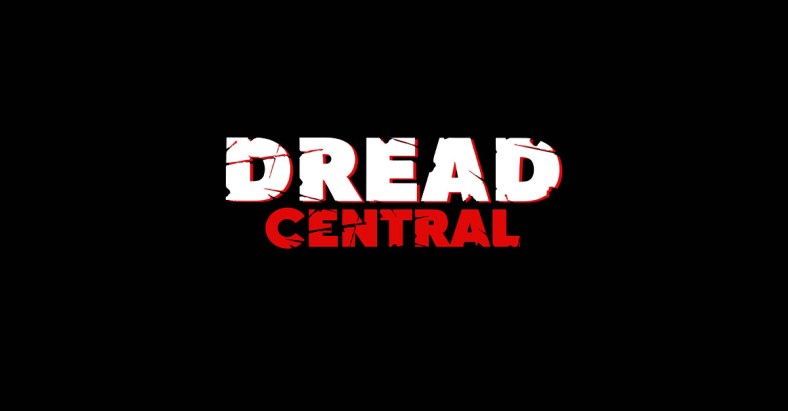
Categorized:Editorials News

